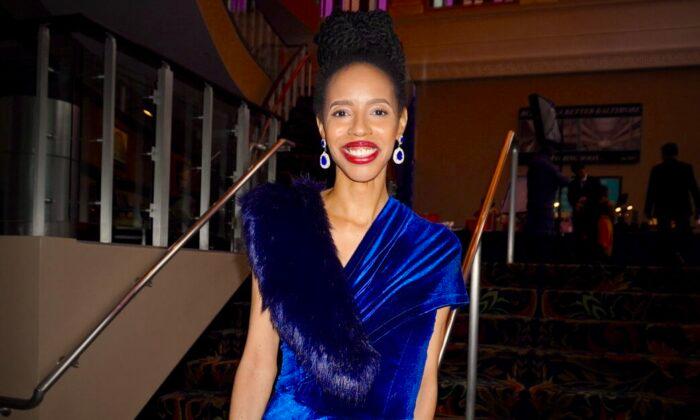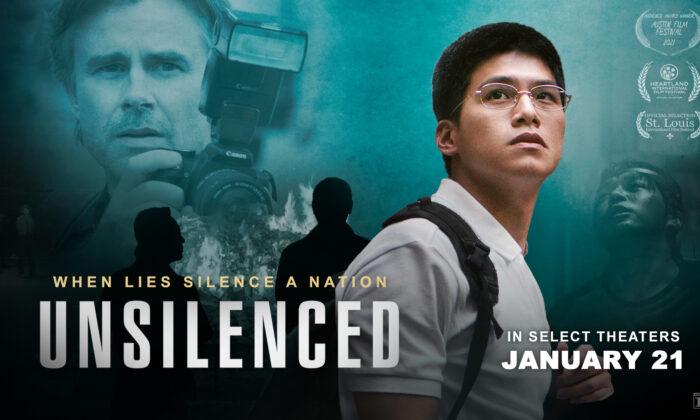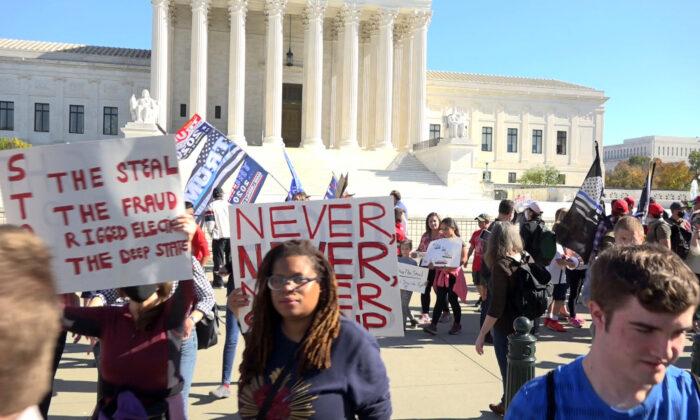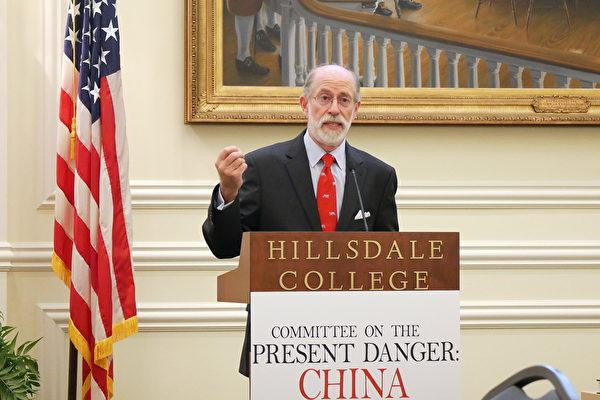PHILADELPHIA—Peter H. Gistelinck, executive director of The Chamber Orchestra of Philadelphia, attended Shen Yun Performing Arts New York Company at the Academy of Music in Philadelphia on opening night, Feb. 23, 2011. After the performance, he offered his expert commentary about the unique aspects of Shen Yun’s orchestra, singers, and the interplay between the two.
ET: Epoch Times Reporter
ET: WHAT DID YOU THINK OF THE PERFORMANCE OVERALL?
Peter H. Gistelinck: It’s actually my very first time to come to a Chinese show of this nature. And I think it’s very interesting to see the beauty of it. I spoke earlier with some of my friends and colleagues, in the way that they choreograph and also the dances and the costumes—and the music. I’m the executive director of The Chamber Orchestra of Philadelphia, so I’m obviously sensitive to music, but it was really great to hear. It was really very nice, but it’s also very important that it was a very nice family-oriented show, accessible to everybody with a lot of originality. And also, allowing people that are probably not too familiar with Chinese history and culture to give them access in an easy way. That was really nice.
ET: WHAT DO YOU THINK OF THE MUSICAL COMPONENTS, THE COMBINED CHINESE AND WESTERN-STYLE ORCHESTRA?
Peter H. Gistelinck: I think that was really, really great. It was obviously Asian, obviously Chinese, but that was very original, and it was very, very nice to see that. I have some experience because my music director writes a lot for ethnic instruments, and my music director was actually commissioned—his name is Dirk Brossé—but he was commissioned by the Hong Kong Chinese Orchestra to write a piece for traditional Chinese instruments. I say that because I learned a lot tonight about the sounds and I saw that and heard it also in his piece. So it’s great to hear the Chinese instruments in this kind of orchestral setting. As we all know, most of those Chinese instruments were not really meant historically to be in an orchestra setting. They were meant for solo instruments, but it’s really nice to see it. I was actually very impressed and very flattered, musically flattered, by the sound.
ET: DID YOU FEEL THE MUSIC WAS MORE CHINESE OR WESTERN?
Peter H. Gistelinck: Tonight, of course it was obviously a Chinese music instrument and Chinese composer, and Chinese interpretation, but it was also nice to see that and to hear that there was also kind of a crossover at some point with Western classical music. It was Chinese music but sometimes you really feel at some point, especially in the opening piece, that sometimes it’s getting closer from Oriental to Western, and then it goes back completely to Chinese and then it goes back a little bit, so it was nice to hear that. So, bottom-line, I was very impressed with the result.
ET: HOW DO YOU FEEL ABOUT THE COMBINATION BETWEEN DANCE AND MUSIC ON STAGE?
Peter H. Gistelinck: I thought it was very, very well chosen and well written. I presume that all the music was written especially for this. And you really could feel that, you really could hear that: the story behind the dance was also reflected in the music. What I mean is that when you have a story onstage or scenery or a specific dance, just to put it very simply, when there was something dramatic going on, you felt drama in the music … for example when you saw the dance with the flowers, you really could feel the flowers and the music, you really could feel that sentiment in there. However, when there was a dance where it was more like, I don’t want to say more serious, but more dramatic with the police coming out and things, you could also feel that the music was picking that up. I mean, once again, it was clear that the music also was written in function with what was happening on stage.
ET: WHAT DID YOU UNDERSTAND FROM TONIGHT’S PERFORMANCE?
Peter H. Gistelinck: The message that I learned from the show tonight, there were a lot of messages, but if I have to bring it down to one message, at the end of the day all about humanity, about being human, and trying to be a good person in the world that we live in today, that’s what I’ve learned from it. To try to be a good person, try to be good to your neighbors, to your friends, your family, to your society, try to be as good as you can be. That’s what I learned. There are a lot of other things I’ve learned, but if you ask me what it the message that I’m taking away, that’s what I would say.
Mr. Gistelinck was recognized in 2009 by Cambridge Who’s Who for his dedication, leadership and excellence in orchestra management. Mr. Gistelinck received a Grammy Award Nomination for Best Small Ensemble Performance of a Le Concert Spiritual recording in 2002 and the Arranger’s Prize Makfest Festival (‘92); Arranger’s Prize Golden Orpheus Festival (’90); Laureate Benelux International Song festival (‘90); SABAM/BAP Award for Best Belgian Composition (’90); Arranger’s Prize, UNICEF Danny Kaye Award (‘89); Laureate Golden Orpheus Festival (’88) and SABAM/BAP Award for Best Belgian Composition ('87).






Friends Read Free